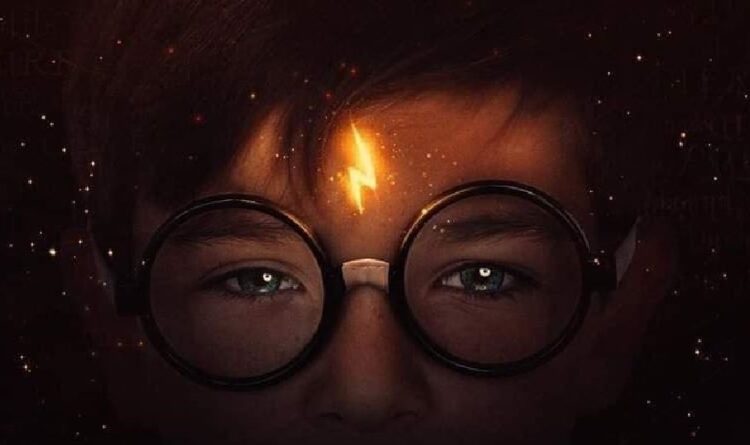For over two decades, J.K. Rowling‘s Harry Potter series has captivated readers and moviegoers alike, immersing them in a world of magic, friendship, and adventure. While the film adaptations brought the beloved stories to life, fans of the books often found themselves noticing significant differences between the page and the screen. Let’s delve into some of the key elements that were left out or altered during the journey from book to movie.
One of the most noticeable distinctions lies in the sheer depth and intricacy of Rowling’s wizarding world. The books are replete with intricate subplots, backstory details, and an abundance of magical creatures that were difficult to fully capture in the limited runtime of a film. For instance, Peeves the poltergeist, a mischievous character adored by readers, was notably absent from the movies.
Another major discrepancy involves the exclusion of certain key characters. In the books, beloved individuals like Charlie Weasley, Bill Weasley, and Winky the house-elf play significant roles in the story. However, their presence in the films is significantly diminished or completely eliminated. These omissions often left fans longing for the additional layers of depth these characters brought to the narrative.
The complexity of the books also led to the omission of numerous subplots and backstory details. The movies focused primarily on Harry’s main journey, sometimes resulting in the exclusion or simplification of intriguing storylines. For instance, the backstory of the Marauders, including James Potter, Sirius Black, Remus Lupin, and Peter Pettigrew, was only briefly touched upon in the films, whereas it played a much larger role in the books.
Furthermore, the depiction of certain events and character relationships underwent alterations during the transition from page to screen. The movies occasionally merged or compressed scenes, which resulted in changes to character dynamics and story arcs. The romantic relationship between Ginny Weasley and Harry, for example, was not as extensively explored in the movies as it was in the books.
It is important to note that some changes were made due to practical reasons, such as time constraints or visual storytelling choices. Filmmakers faced the challenge of condensing lengthy novels into a cinematic experience while ensuring the plot remained coherent and engaging for both fans and newcomers. This necessitated the omission or alteration of certain elements, which inevitably disappointed some dedicated readers.
Despite these differences, the Harry Potter movies successfully captured the essence and magic of Rowling’s world, introducing millions of viewers to the enchanting characters and themes. The films provided stunning visual representations, iconic performances, and memorable moments that have become deeply ingrained in popular culture.
In the end, the discrepancies between the Harry Potter books and movies offer fans the opportunity to explore two distinct yet interconnected interpretations of the same magical universe. Both mediums have their own merits and allow fans to appreciate the story in different ways.
As we eagerly await the upcoming Harry Potter TV series, there is hope that it will strike a balance between honoring the beloved source material and delivering a visually captivating and immersive experience. With the episodic format allowing for more in-depth storytelling, fans are excited about the potential to rediscover overlooked details and subplots that didn’t make it to the big screen.
In the world of Harry Potter, both the books and the movies hold a special place, each offering a unique journey into a world filled with wonder, friendship, and the triumph of good over evil. Whether you prefer the magic of the written word or the enchantment of the silver screen, the adventures of Harry Potter continue to ignite the imaginations of fans worldwide.
You may also like: New Harry Potter TV Series to Embrace Book Material







